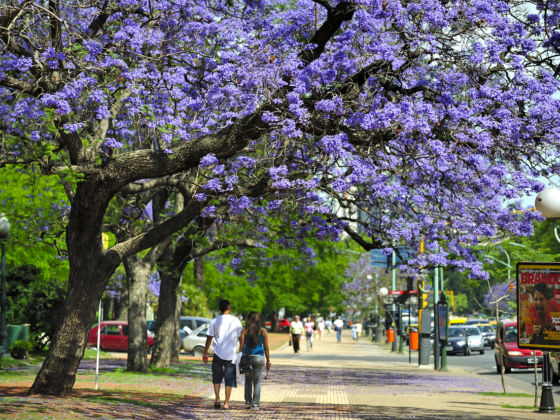Many of the parks in Buenos Aires reflect the same turn of the 19th-century European grandeur that infuses with much of the city’s architecture. Others reflect the city’s obsession with books and coffee culture. Its biggest park preserves some of the city’s original natural habitat. In their diverse ways, all of BA’s green spaces serve as serene escapes from this bustling city.
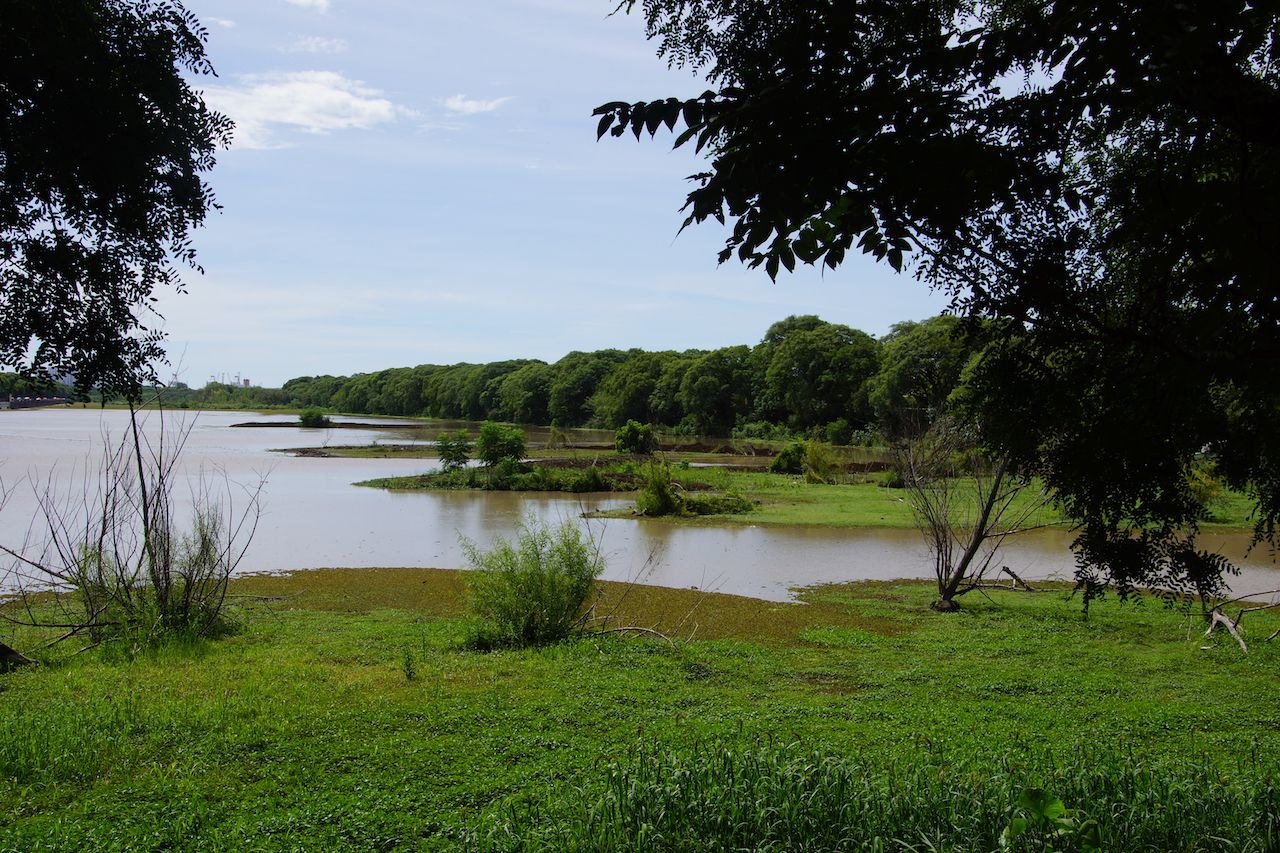
Photo: Joern Bartels/Shutterstock
Costanera Sur Ecological Reserve — Just adjacent to the newest and most expensive neighborhood in Buenos Aires is an 865-acre ecological park. The Costanera Sur reserve is one of the few spots in the city that really embraces the beauty of Río de la Plata, the massive river that hugs Buenos Aires’ coastline. It’s also one of the last remaining green spaces rich with the area’s native flora and fauna, and the single best option for bird watching inside city limits.
The reserve has several trails and cycling paths that offer panoramic views of the city landscape, with skyscrapers in the background and native plants in the forefront. It’s also a good spot for a quiet picnic, and an escape from the noise of the city. The ecological park is open every day except Mondays, with free entrance and tours you can book in advance (call ahead to schedule a tour in English). We recommend taking a tour at night on the Friday closest to a full moon.
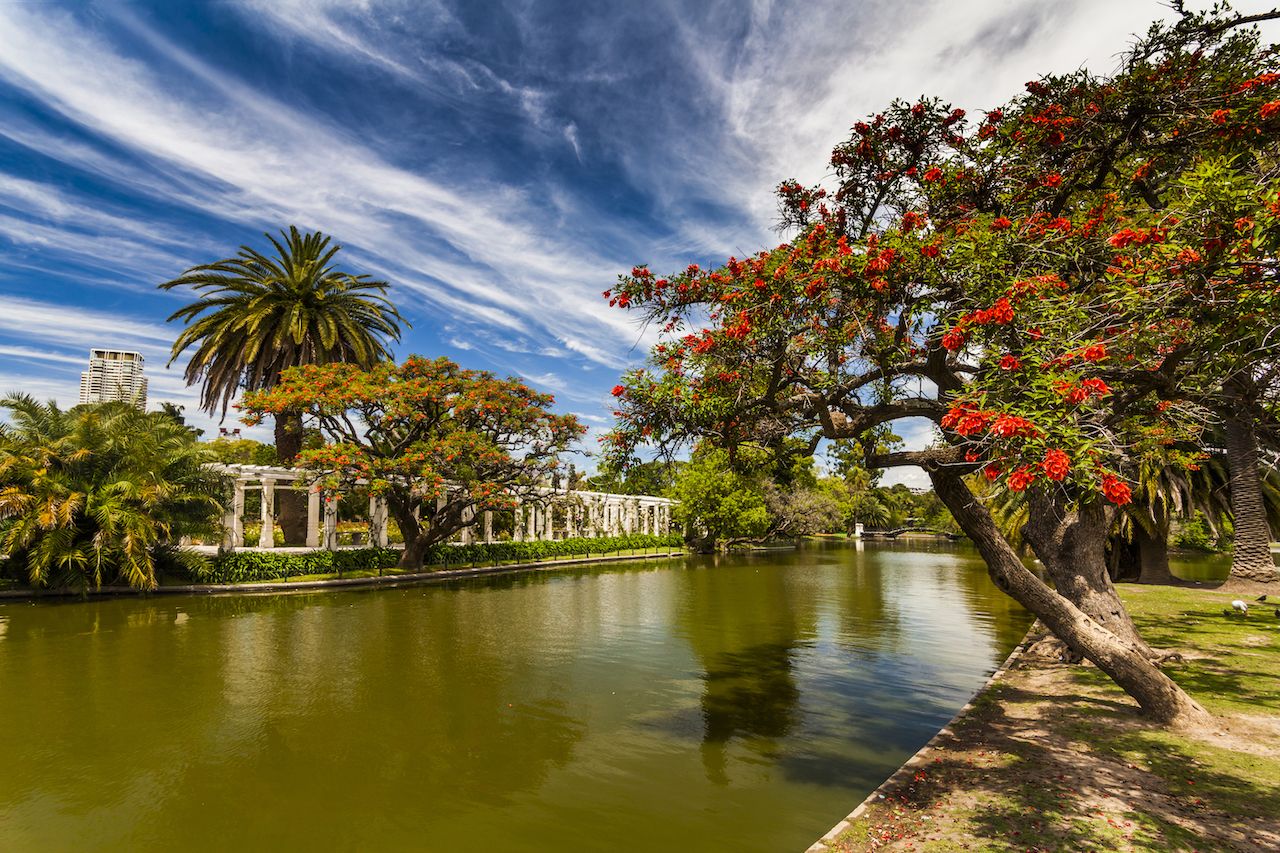
Photo: Anton Petrus/Shutterstock
Bosques de Palermo — Bosques de Palermo (Palermo Woods) is the popular name, but the official name of this urban park is “Parque Tres de Febrero.” Inaugurated in 1875, the park was expanded and improved upon from 1892 to 1912 with the addition of the Botanical Gardens, Plaza Italia, and the rose garden. With woods, lakes, and an 8,000-flower rose garden, this historical green space is quite big, so we recommend Plaza Holanda as a great starting point.
Most of the areas in the Palermo Woods are never closed to the public. Exceptions include the rose garden, which is only open from Tuesday to Sunday (8:00 AM to 6:00 PM in the winter, and until 8:00 PM in the summer) and the planetarium. Some of the most touristy activities include riding in horse-drawn carriages, called mateos, and renting a boat for an hour or so. You could choose to do that, or just unwind — be it walking by the lakes, running, cycling, or roller skating.
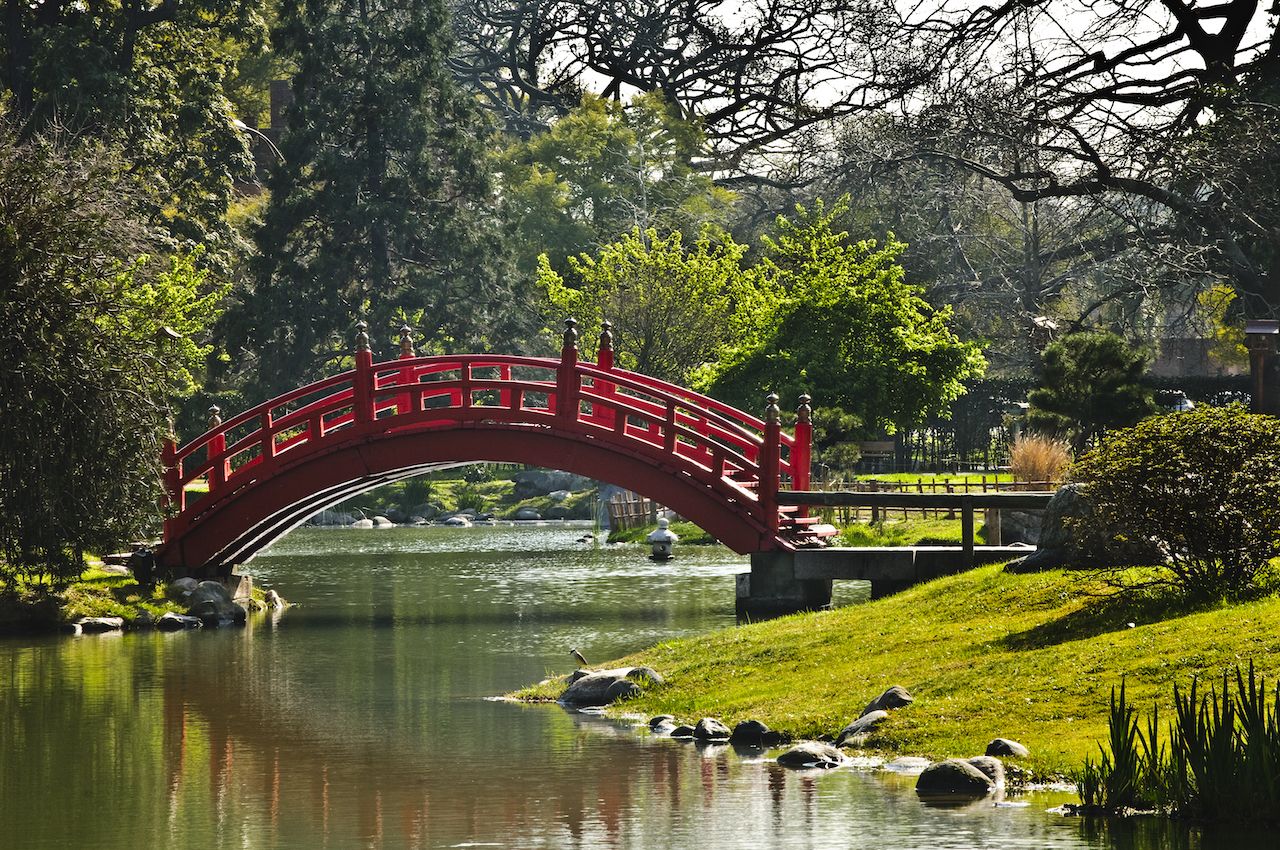
Photo: Roberto Delamora/Shutterstock
Jardín Japonés — Located inside Bosques de Palermo, the serene Jardín Japonés, or Japanese Garden, deserves its own visit. It’s run by a nonprofit, which offers guided tours and classes. You’ll find a tea house, Japanese restaurant, reading room, bonsai collection, and plant nursery, in addition to temporary exhibits. The garden is open every day from 10:00 AM to 6:00 PM, and entry is 120 Argentine pesos.
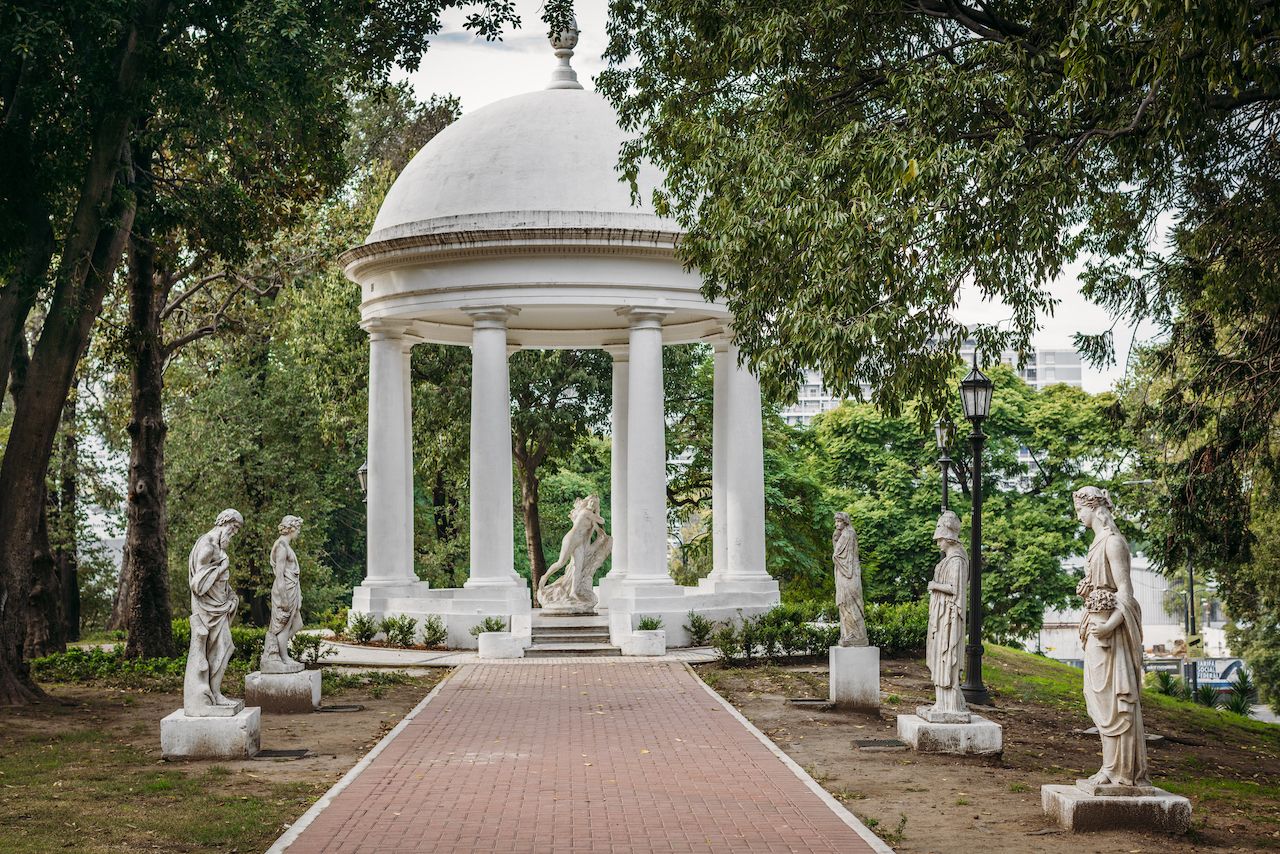
Photo: Nessa Gnatoush/Shutterstock
Parks with books — People in Argentina love their bookstores, so much so that you can find them right in the middle of the city’s parks. Parque Lezama (San Telmo), Parque Centenario (Caballito), and Parque Rivadavia (Caballito) all have used book stands in them, as well as some craft vendors.
- Parque Lezama is one of the oldest parks in the city, known for its hilly walkways and embankments. It’s close to the National History Museum, a Russian Orthodox cathedral (you’ll easily spot the blue domes), and two historic bars, El Británico and El Hipopótamo.
- Parque Centenario, close to the Ángel Gallardo subway station, is a 30-acre circular park, ideal for joggers and exercisers. During the weekends, you’ll find diverse activities, including tai chi and yoga classes.
- Parque Rivadavia not only has used books, but also LP records, stamps, and old currency — so it’s ideal for collectors. The neighborhood around the 15-acre park is full of restaurants and shops, making the area perfect for a day out.
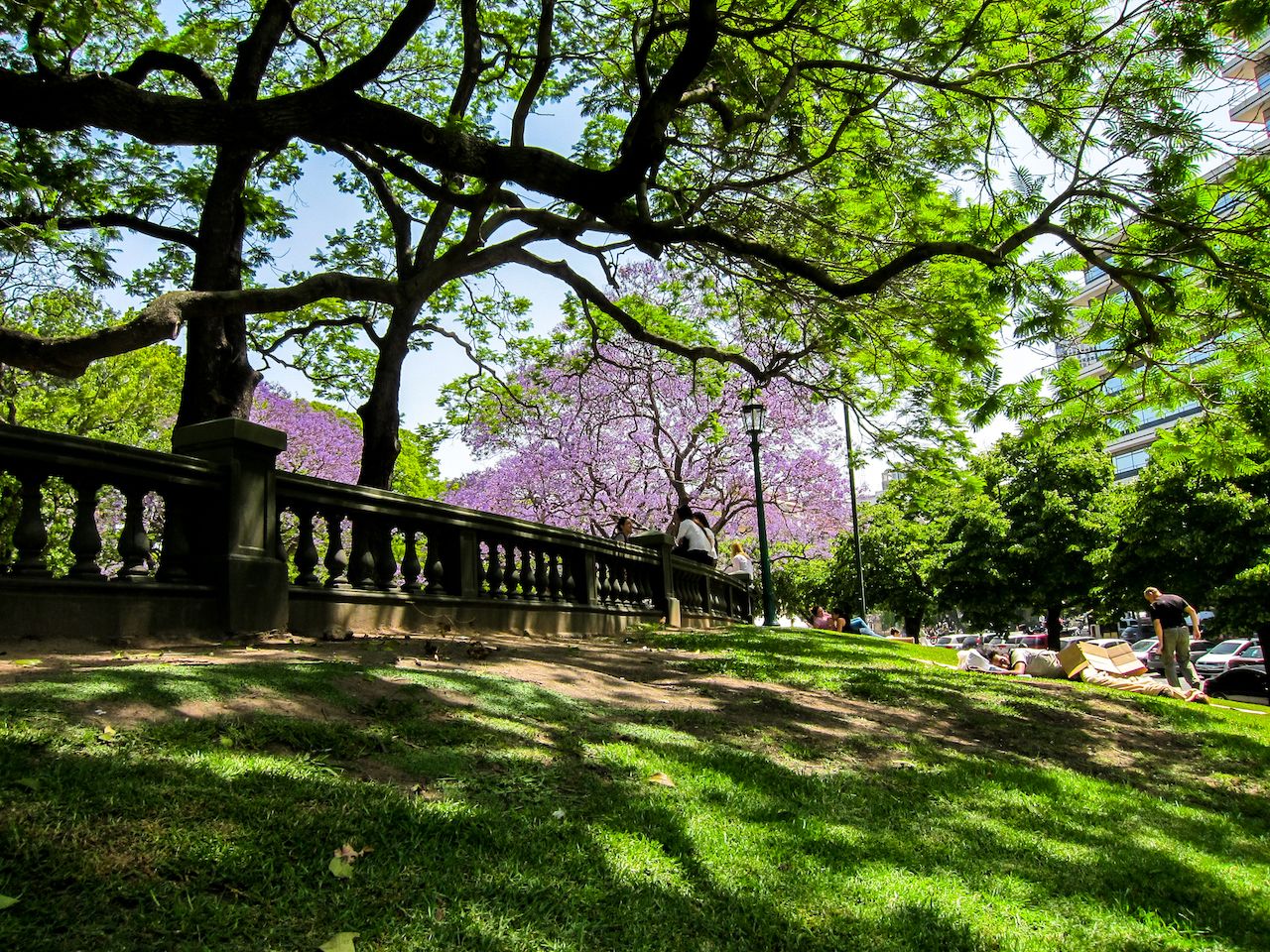
Photo: dherrmann79/Shutterstock
Plaza San Martín — Plaza San Martín is a pocket of calm right next to the busy financial district. You should avoid it after dark, but during the day it’s a great place to hang out. The famous Calle Florida (Florida Street) ends at this park, so it can be a nice break from walking through the cement jungle.
Barrancas de Belgrano — The Glorieta at Barrancas de Belgrano is the place to go for an open-air milonga (tango dance event) experience. The Barrancas de Belgrano green space is right next to Barrio Chino, BA’s own Chinatown — a great place to stop for lunch after visiting the park. Barrio Chino offers crafts, restaurants, and supermarkets with items from China and several Southeast Asian countries. It’s a 10-minute walk from Plaza Manuel Belgrano — better known as “Plaza Juramento” — which has an interesting small craft market.
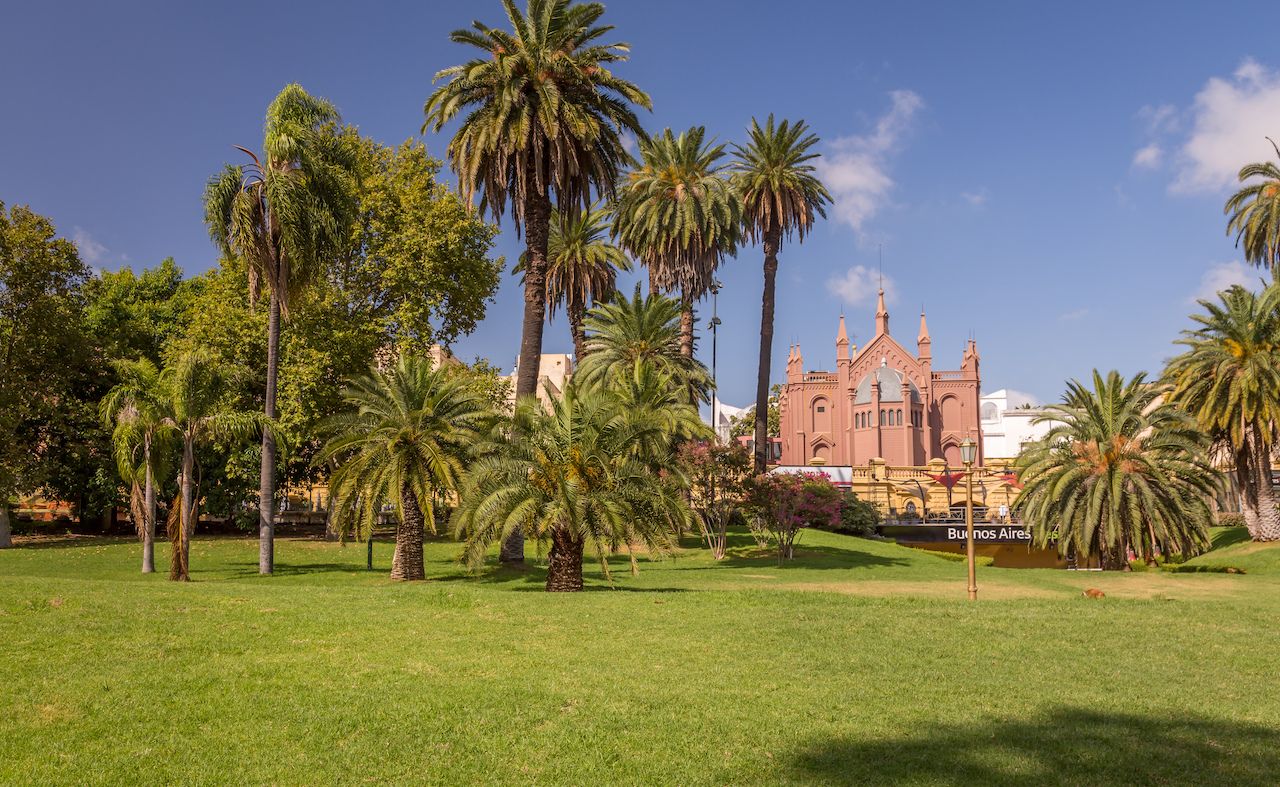
Photo: Paulo Miguel Costa/Shutterstock
Plaza Francia and Plaza Intendente Torcuato de Alvear — These two adjoined parks are located right next to the Recoleta Cemetery, University of Buenos Aires School of Law, and the Fine Art Museum. The combined green space is a great place for students to unwind, and it also has an excellent craft market on the weekends.
Parque Saavedra and Parque Sarmiento — These two parks are located north of the city, just over a mile apart, and are mainly used by locals. Locals swim, play tennis, handball, volleyball, and other sports in the facilities set among Parque Sarmiento’s 172 acres. The park also has a large running and cycling path.
